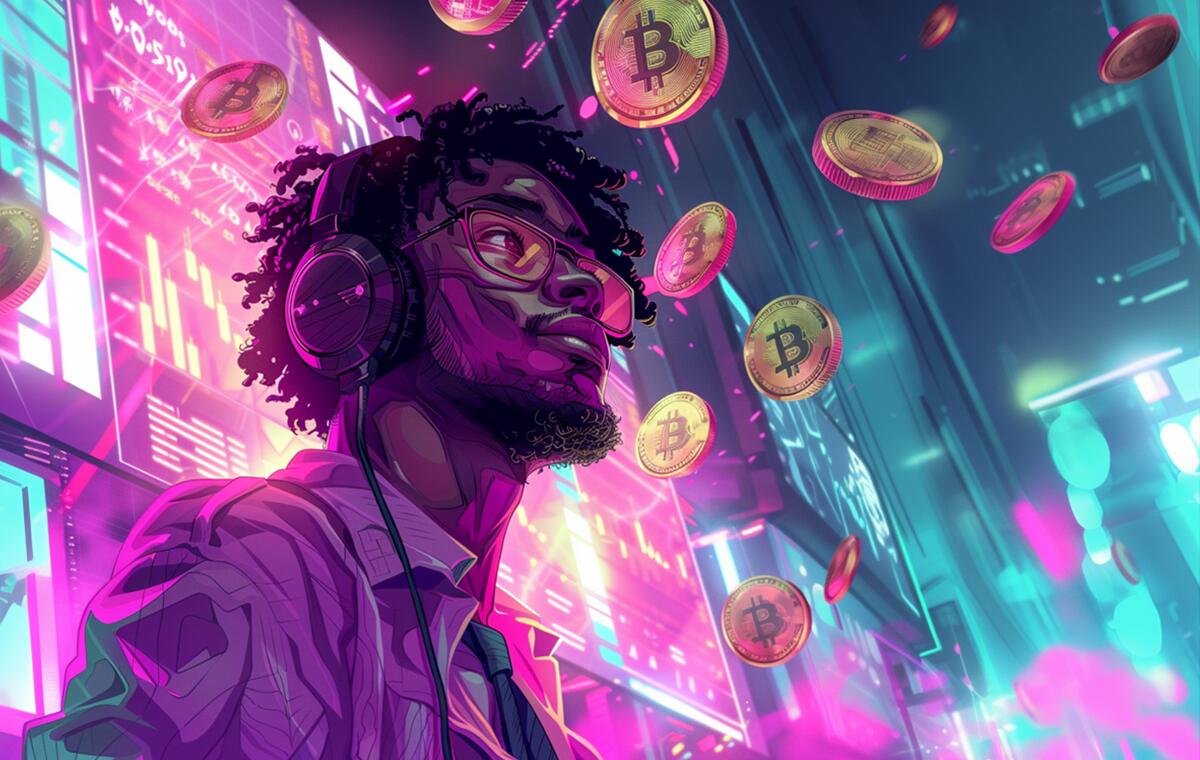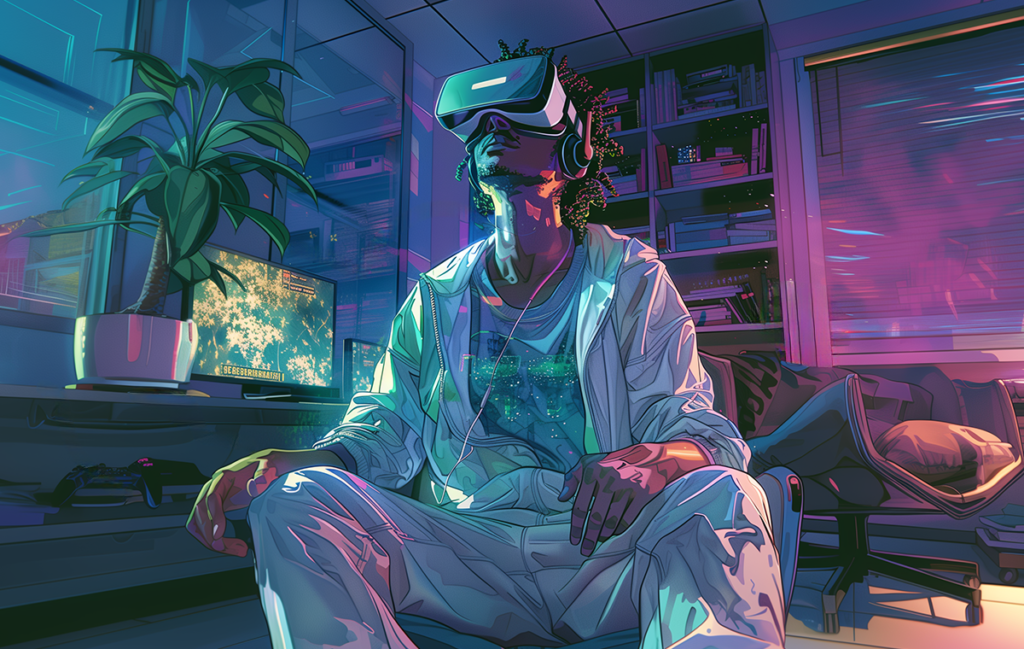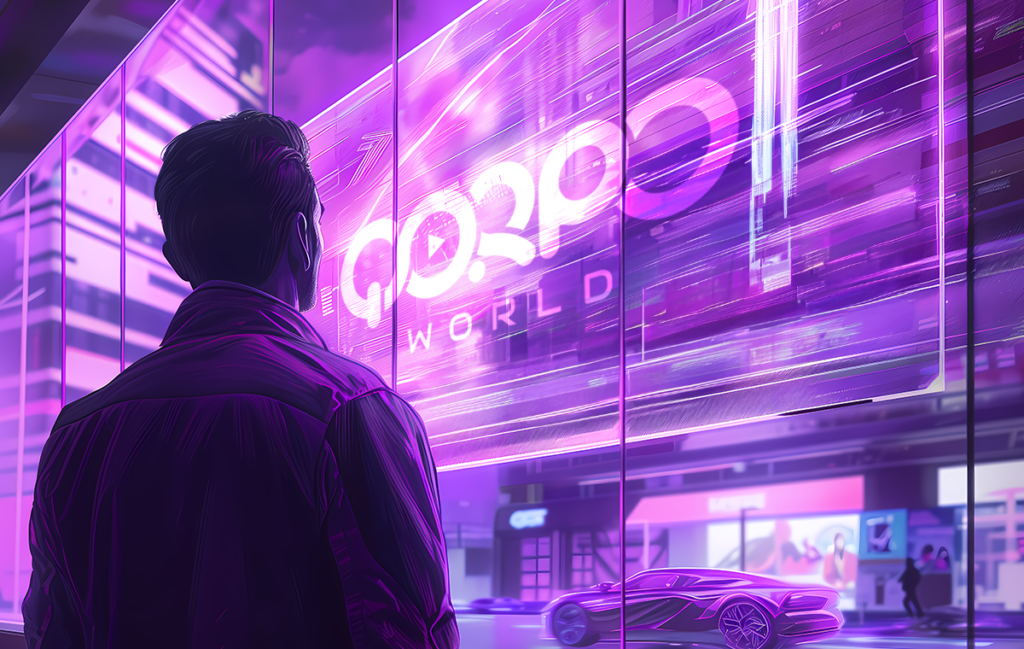
Web2.5 Games: A new era of blockchain gaming
Although the concept of so-called Wev2.5 games might seem like a step back from the full-blown Web3 vision, the standpoint between Web2 and Web3 might signify the rise of GameFi into popularity. In Web2.5 games, blockchain assets are perceived as additional features rather than the core products. This way, such games can maintain more Web2 user-friendly environments and less baffling mechanics while still benefiting from the Web3 innovation.
What are Web2.5 games?
Web2.5 games represent a pivotal evolution in the gaming landscape, aiming to seamlessly merge conventional gaming principles with emerging Web3 components. While a unanimous definition remains elusive, a clearer understanding of Web2.5 games is emerging.
Notably, these games maintain a strong adherence to traditional gaming principles, ensuring a familiar and engaging experience for players. This commitment to the fundamental aspects of gaming provides a bridge between the established norms of Web2 and the innovative possibilities of Web3.
One striking characteristic that distinguishes Web2.5 games is the integration of Non-Fungible Tokens (NFTs) and Virtual Assets. This approach revolutionizes the accessibility of gaming assets by catering to players in both the realms of Web2 and Web3. By incorporating NFTs, these games enable players to truly own and trade virtual assets, creating a dynamic and interconnected gaming ecosystem.
This integration not only enhances the gaming experience but also marks a significant step towards the convergence of traditional gaming and the decentralized, blockchain-powered future of Web3. There are several characteristics that make games Web2.5.
Co-existence of NFTs and Virtual Assets
While in-game NFTs provide players with true ownership, verifiable scarcity, and decentralized control over assets through blockchain technology, in-game virtual assets are often owned as licenses, with control and governance resting primarily in the hands of game developers within a centralized economy. So-called Web2.5 gaming model embraces the co-existence of both assets.

- Non-fungible tokens (NFTs): In-game NFTs (Non-Fungible Tokens) and in-game virtual assets present distinct ownership paradigms. In-game NFTs, represented on the blockchain, endow players with genuine ownership, allowing for unrestricted trading and transferability outside the game environment, emphasizing scarcity and decentralization. Conversely, in-game virtual assets are typically owned as licenses, with players operating within the parameters set by game developers, limiting ownership rights and fostering a centralized economy. The ascendancy of in-game NFTs signifies a transformative shift toward player-centric, decentralized ownership models, contrasting with the more controlled and centralized nature of traditional in-game virtual assets.
- Virtual assets: In traditional gaming models, players commonly hold virtual assets as licenses granted by the game developer, affording them the right to utilize these assets within the game environment. However, the ownership of these assets is circumscribed by the game’s Terms of Service. Under this paradigm, virtual assets remain under the tight control and governance of the game developer, who has the authority to establish rules, set prices, and regulate the in-game economy. This centralization extends to the ownership and transfer of virtual assets, creating a confined economic system within the game where players function as licensees subject to the developer’s policies, rather than having true ownership.
Web2.5 approach reaches beyond gaming
Games are just a fraction of all industries who integrate blockchain technology into their core products. Shift towards so-called Web2.5 could be portrayed on the following major brands with no Web3 history but highly experimental approach toward NFT integration.
Meta, the parent company of Facebook, Instagram, and WhatsApp, has positioned itself as a leading advocate for Web3. Investing a substantial $10 billion in the metaverse’s development, Meta aims to redefine digital interaction. The company has actively delved into blockchain technology, notably introducing a pilot program allowing users to purchase virtual land using NFTs in March 2022. This strategic move aligns with Meta’s broader vision to establish new forms of ownership and monetization within the metaverse.
Major brands like Nike and Adidas are also embracing Web3 to enhance customer experiences. Nike, through its “CryptoKicks” trademark application, signals an interest in virtual sneaker development. Collaborating with RTFKT Studios, the company released a limited-edition collection of virtual sneakers that sold out in under 7 minutes, showcasing the market demand for such innovations. Similarly, Adidas partnered with OpenSea to create a collection of digital sneakers tradable and wearable in the metaverse, indicating the growing intersection of mainstream brands with Web3 concepts.
Coca-Cola and Starbucks are entering the metaverse arena, demonstrating the expanding reach of Web3 adoption. Coca-Cola’s “Coca-Cola Byte” trademark application hints at virtual beverage development, accompanied by a partnership with Tafi to create a virtual vending machine in Decentraland.
Starbucks signals the exploration of virtual merchandise and experiences, complemented by a blockchain-based loyalty program developed in collaboration with Mycelia. Reddit, also primarily rooted in Web2, provides another illustrative example with its avatar collection, where users have minted an impressive 5 million NFTs.
While all of the above are significantly Web2 companies with seemingly no ties to Web3, the adoption of blockchain technologies is on the rise, creating a transition between Web2 and Web3.
The benefits of Web2.5 games for a full Web3 adoption

Web2.5 games act as a bridge between the centralized Web2 gaming landscape and the decentralized Web3 ecosystem. They incorporate some innovative features of Web3, such as tokenization, digital ownership, and player empowerment, while retaining the familiar experience of Web2 games. This approach has several benefits for the adoption of Web3 gaming.
- Familiarity and Accessibility: Web2.5 games attract a wider audience by providing a familiar gaming experience that does not require any technical expertise. Players can easily transition from their existing Web2 gaming habits to Web2.5 games, easing their adoption of Web3 concepts.
- Gradual Ingestion of Web3 Concepts: Introducing Web3 features gradually through Web2.5 games allows players to learn about and embrace Web3 concepts in a comfortable and controlled environment. This gradual approach mitigates the potential intimidation factor associated with the unfamiliarity of Web3 technology.
- Building Trust and Confidence: Web2.5 games provide a platform for players to experience the benefits of tokenization, digital ownership, and player empowerment in a familiar setting. As players gain experience with these features, they develop trust in the value of Web3 applications and become more open to exploring fully decentralized Web3 gaming experiences.
- Bridging the Gap between Player and Developer: Web2.5 games facilitate a closer connection between players and developers. Players can directly influence game development through feedback, suggestions, and even participation in governance mechanisms. This enhanced engagement fosters a more collaborative and mutually beneficial relationship between players and developers.
Eventually, Web2.5 games play a crucial role in bridging the gap between the centralized Web2 gaming landscape and the decentralized Web3 ecosystem. Their ability to provide a familiar gaming experience while introducing Web3 concepts gradually makes them an effective tool for educating players about the benefits of Web3, building trust, and fostering a more engaged and empowered gaming community. As Web3 gaming continues to evolve, Web2.5 games will remain an important catalyst for widespread adoption and innovation in the gaming industry.

